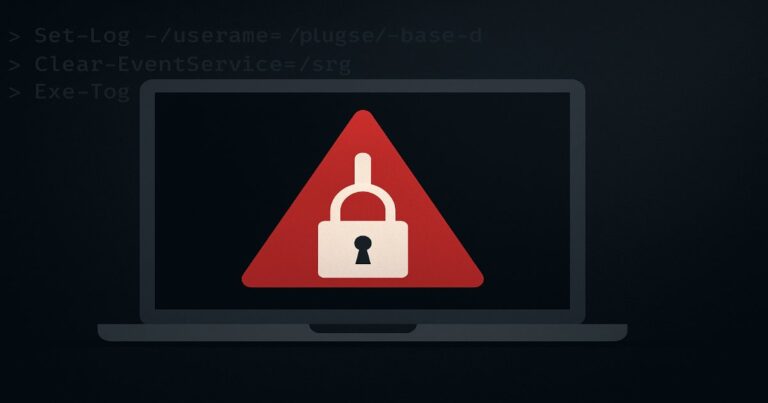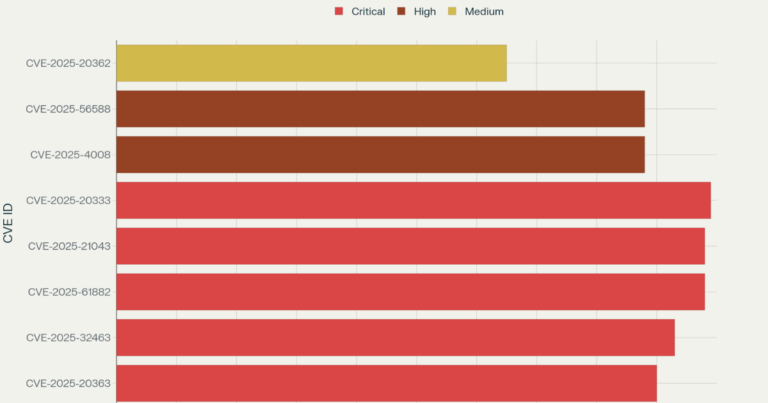Canada’s House of Commons is currently investigating a major data breach. An unknown attacker gained access to a database holding sensitive employee information.
The Canadian House of Commons began alerting its staff to the situation on Monday. According to an internal email sent to the employees, the incident was the result of a malicious actor exploiting a recent vulnerability in a Microsoft product. This vulnerability allowed the attacker to get into a system used to manage computers and mobile devices for House of Commons personnel.
Officials are working with Canada’s national cybersecurity agency, the Communications Security Establishment (CSE), to figure out the full scope of the attack and who might be behind it. For now, details are limited as the investigation is active.
What Was Taken and How?
The attack itself took place last Friday. The attacker used a security flaw to access a database that isn’t public. The information stolen is a concerning mix of personal and professional data.
According to the internal communication, the compromised data includes:
* Employee names
* Job titles
* Office locations
* Email addresses
* Information about their official computers and mobile devices
This isn’t just a simple list of names. The combination of who someone is, what they do, where they work, and what technology they use is highly valuable to attackers. It provides a detailed blueprint of an organization’s internal structure and technology footprint. This information can be used to plan much more sophisticated and targeted attacks in the future.
The House of Commons has not said how many employees were affected by the breach. They are keeping that information private, citing the ongoing investigation with their national security partners.
The Immediate Response and Warning
The immediate concern is how this stolen data could be weaponized. The email sent to employees specifically warned them to be extra careful. The information could be used in scams designed to trick them into giving up even more sensitive details, like passwords or financial information.
There is a serious risk of spear-phishing campaigns. An attacker could use the stolen information to craft very convincing emails. For example, a fake email could be sent to a specific employee, using their real name, job title, and office location, pretending to be from the IT department about an issue with their government-issued laptop. Because the email contains so much correct information, the target is much more likely to trust it and click on a malicious link or open a dangerous attachment.
The warning also extended to the potential for impersonating parliamentarians. With this data, an attacker could try to pose as a Member of Parliament or a high-ranking staffer to manipulate others.
Who is Behind the Attack? The Attribution Puzzle
Canada’s Communications Security Establishment confirmed it is aware of the incident and is providing support. But pinning down who is responsible is not simple. The CSE uses the term “threat actor” to describe the individual or group behind an attack. This is a neutral term used when the identity of the attacker is still unknown.
In a statement, the CSE noted that “Attribution of a cyber incident is difficult.” It takes a lot of time and resources to trace an attack back to its source. The process is complex and involves analyzing digital evidence while considering the political implications of pointing a finger. For now, it’s too early to say if this was the work of a criminal group looking for money or a state-sponsored actor seeking intelligence.
This incident doesn’t happen in a vacuum. It comes at a time when cyber threats against Canada are getting worse. The most recent national cyber threat assessment from the Canadian Centre for Cyber Security, a part of the CSE, paints a grim picture. The report states that Canada is a “valuable target” for both cybercriminals and hostile nations.
Over the last two years, the report found a “sharp increase in both the number and severity of cyber incidents.” Rajiv Gupta, the head of the Canadian Centre for Cyber Security, wrote that “State adversaries are getting bolder and more aggressive.”
The report also pointed out that cybercriminals are becoming more sophisticated. They are using new business models to get access to malicious tools and are even using artificial intelligence to make their attacks more effective.
The Broader Threat Landscape
While the CSE hasn’t attributed this specific attack, its threat assessment report names several countries as sources of state-sponsored cyber threats to Canada. These include Russia, Iran, and the People’s Republic of China (PRC).
The report singles out China as the “most sophisticated and active cyber threat to Canada.” It notes that in the last four years, threat actors linked to the PRC have compromised at least 20 different networks belonging to Government of Canada agencies and departments. These attacks are usually focused on espionage—stealing government secrets, intellectual property, and strategic information.
State-sponsored groups have different motives than typical cybercriminals. They often have the backing of their government’s resources, allowing them to conduct long, patient, and highly complex campaigns. Their goal isn’t usually a quick payday. It’s about gaining a long-term strategic advantage.
The breach at the House of Commons, which gives an attacker insight into the government’s internal workings, fits the pattern of state-sponsored intelligence gathering. However, without official attribution from the CSE, this remains speculation.
What Happens Next?
The investigation into the House of Commons breach will continue. Digital forensics experts will be picking apart their systems to understand exactly how the attackers got in, what they did while they were there, and if they are truly gone. This process can take weeks or even months.
For the employees whose information was stolen, the next few months will require heightened vigilance. They will need to scrutinize every email they receive and be wary of any unusual requests for information. The House of Commons will likely implement new security measures and provide further training to its staff.
This incident is a serious security event for the Canadian government. It highlights that even well-defended, high-profile targets are vulnerable. It serves as a powerful reminder that cybersecurity isn’t a one-time fix but a constant battle against determined adversaries. As governments become more digital, their attack surface grows, and the need for strong, adaptive security becomes more critical than ever. The results of this investigation will likely influence cybersecurity policy and practices across the entire Canadian government.















